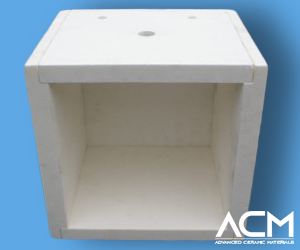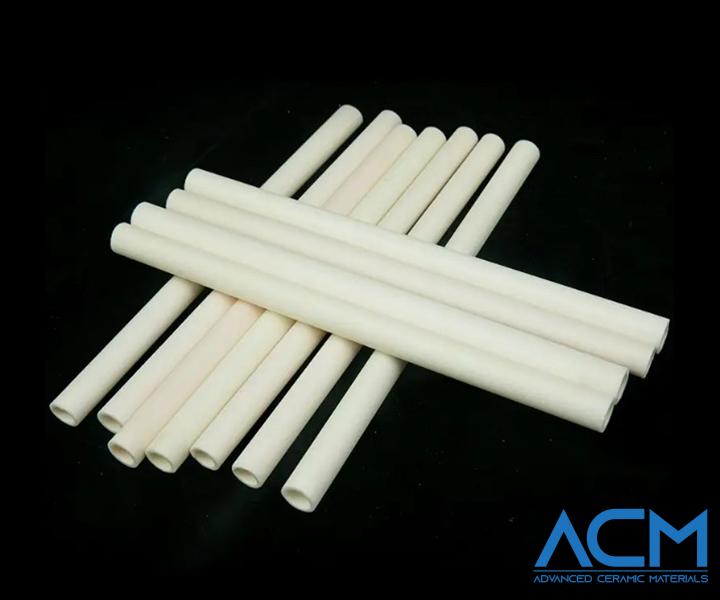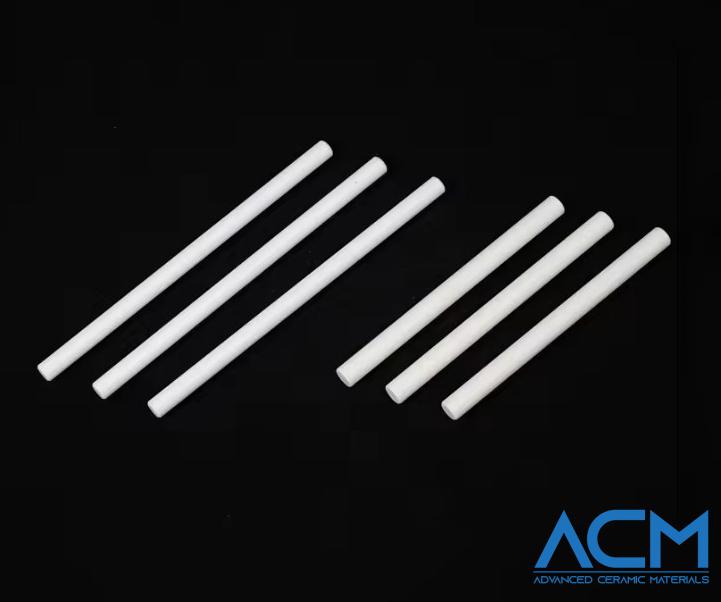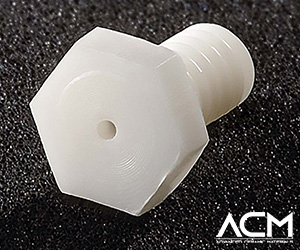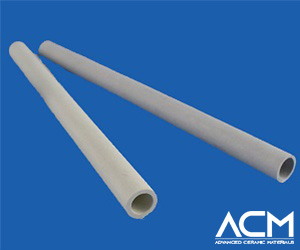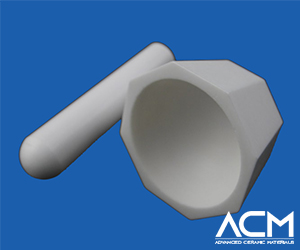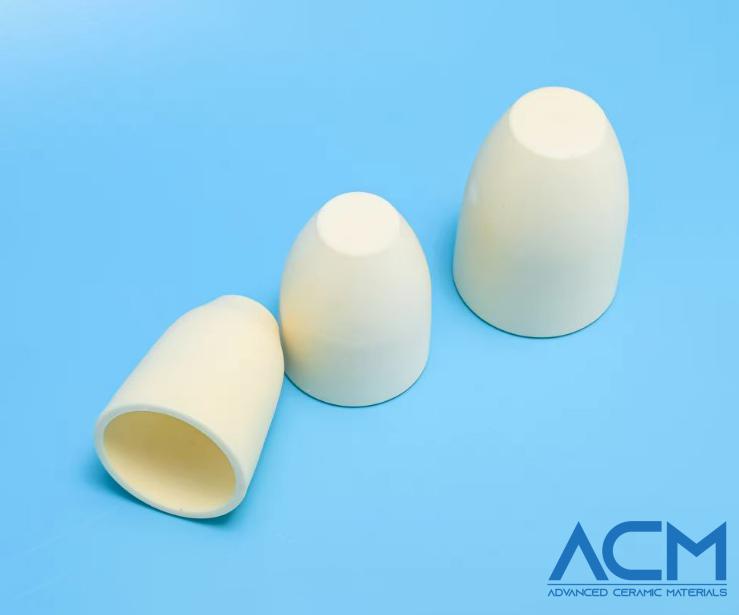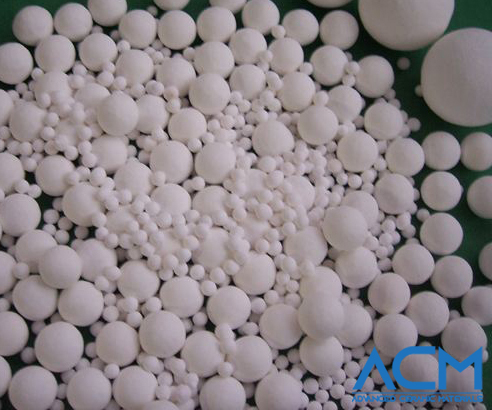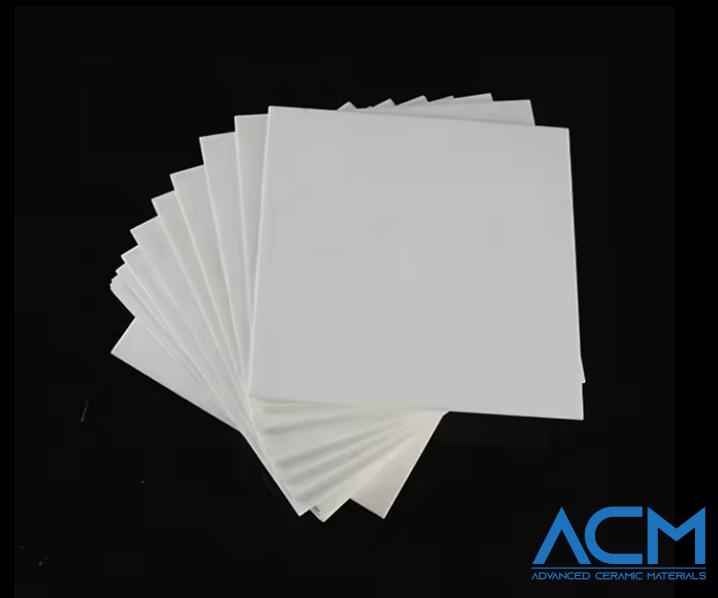Do you have any questions? Email Us
[email protected]
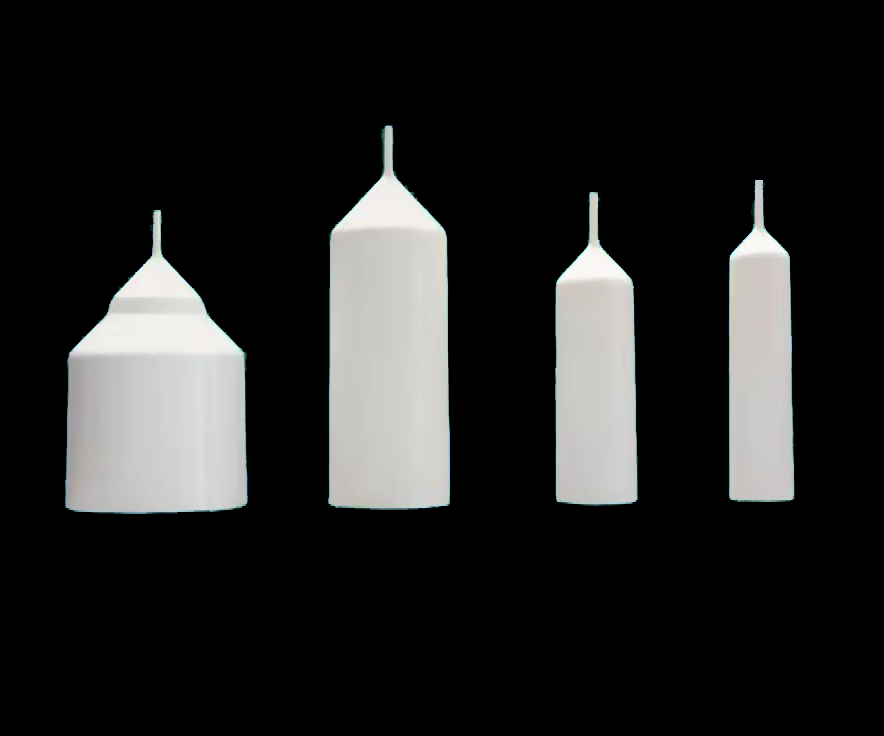
PBN Crucibles for Precision Application
Pyrolytic Boron Nitride Crucible can withstand high temperatures in a high vacuum environment. It has excellent thermal conductivity, corrosion resistance, and electrical resistance.
READ MORE >
AC2468 Alumina Foam Insulation, Aluminum Oxide
Alumina Foam Insulation Description
Alumina foam insulation has excellent resistance to corrosion and corrosion of molten aluminum, so it can effectively remove inclusions. Due to its lightweight and low thermal conductivity, the foamed alumina has less accumulated heat energy and an obvious energy-saving effect. The precise appearance dimensions of alumina filter bricks can speed up the masonry speed and ensure high strength and stability of the masonry.
Alumina Foam Insulation Advantages
Alumina foam insulations have the following advantages:
- Higher strength than refractory ceramic fiber and lightweight ceramic brick.
- Low density
- Low thermal conductivity and linear thermal expansion coefficient.
- Great thermal shock resistance.
- Safe and rapid maintenance.
Alumina Foam Insulation Specifications
| Item | SAMCFI-C1 | SAMCFI-C2 | SAMCFI-C3 | SAMCFI-C4 | SAMCFI-C5 |
| Bulk density/g·cm﹣³ | 0.8 | 1 | 1.2 | 1.4 | 1.6 |
| Al₂O₃ content/% | ≥99.6 | ≥99.6 | ≥99.6 | ≥99.6 | ≥99.6 |
| Impurity % | ≤0.1 | ≤0.1 | ≤0.1 | ≤0.1 | ≤0.1 |
| Compressive Strength (Mpa) | ≥30 | ≥65 | ≥72 | ≥97 | ≥135 |
| Reburning line change rate(1800°C×12h)% | ≤0.45 | ≤0.4 | ≤0.35 | ≤0.35 | ≤0.3 |
| Heat conductivity coefficient W/(m.k) | 0.85 | 0.9 | 0.9 | 0.95 | 1.2 |
| Mean temperature 1100±25°C | |||||
| Working temperature/°C | 1800 | 1800 | 1800 | 1800 | 1800 |
| Max. temperature/°C | 1850 | 1850 | 1850 | 1850 | 1850 |
Alumina Foam Insulation Applications
Alumina ceramic foam insulation can be used as the heat-insulating layer of the refractory lining on the hot side, especially in the high-temperature reducing atmosphere furnace (1850 °C). It can be used for a long time under 1800 °C air and reducing atmosphere.
Request a Quote
-
Attachment (Optional)
No file chosen
I would like to join the mailing list to receive updates from Advanced Ceramic Materials .
*e-mail address with your company's domain name is preferred. Otherwise, we may not be able to process your inquiry.
Tel : (949) 407-8904
Address : 23661 Birtcher Dr. Lake Forest, CA 92630 U.S.A.
Main Products


Useful Links


Featured Posts


Search
Copyright © 1994-2025 Advanced Ceramic Materials owned by Oceania International LLC, All Rights Reserved.








